A prototype property will be part of any object created from the so-called prototype, and this includes prototype chain.
A instance property will be part of the whole instance, and in your case, it will part of any instance because you're adding it within the constructor function:
function A() {
this.x = 11;
}
var instance = new A();
instance.x = 11;
Both above cases are adding the property to the own object rather than in the prototype.
Furthermore, adding properties to the prototype has a side effect:
function A() {}
A.prototype.x = 11;
function B() {}
B.prototype = Object.create(A.prototype);
var instanceA = new A();
var instanceB = new B();
A.prototype.x = 12;
// Both "x" will hold 12
alert(instanceA.x);
alert(instanceB.x);
Learn more about prototype chain on MDN.
About some OP comment
So, In java terminology, age is an instance member and planet is a
static member. To define a static member, we use prototype property,
am I correct? –
This is a wrong statement.
Prototype properties aren't static, since prototypes are regular objects. It's just JavaScript uses prototype chain to implement inheritance and it relies in a standard property called prototype.
In JavaScript there're no statics. When you access any property, JavaScript's runtime will look for it through the prototype chain:
function A() {};
A.prototype.x = 11;
function B() {};
B.prototype = Object.create(A.prototype);
function C() {};
C.prototype = Object.create(B.prototype);
var instanceC = new C();
var x = instanceC.x;
// Once you request a property "x", the runtime will do the following process:
// 1) Is "x" in the own object? No, then 2)
// 2) Is "x" in current object's prototype? No, then 3)
// 3) Is "x" in the parent prototype? No, then 4)
// 4) And so on, until it reaches the top-level prototype, and if this has no
// "x" property, then runtime will return "undefined"

